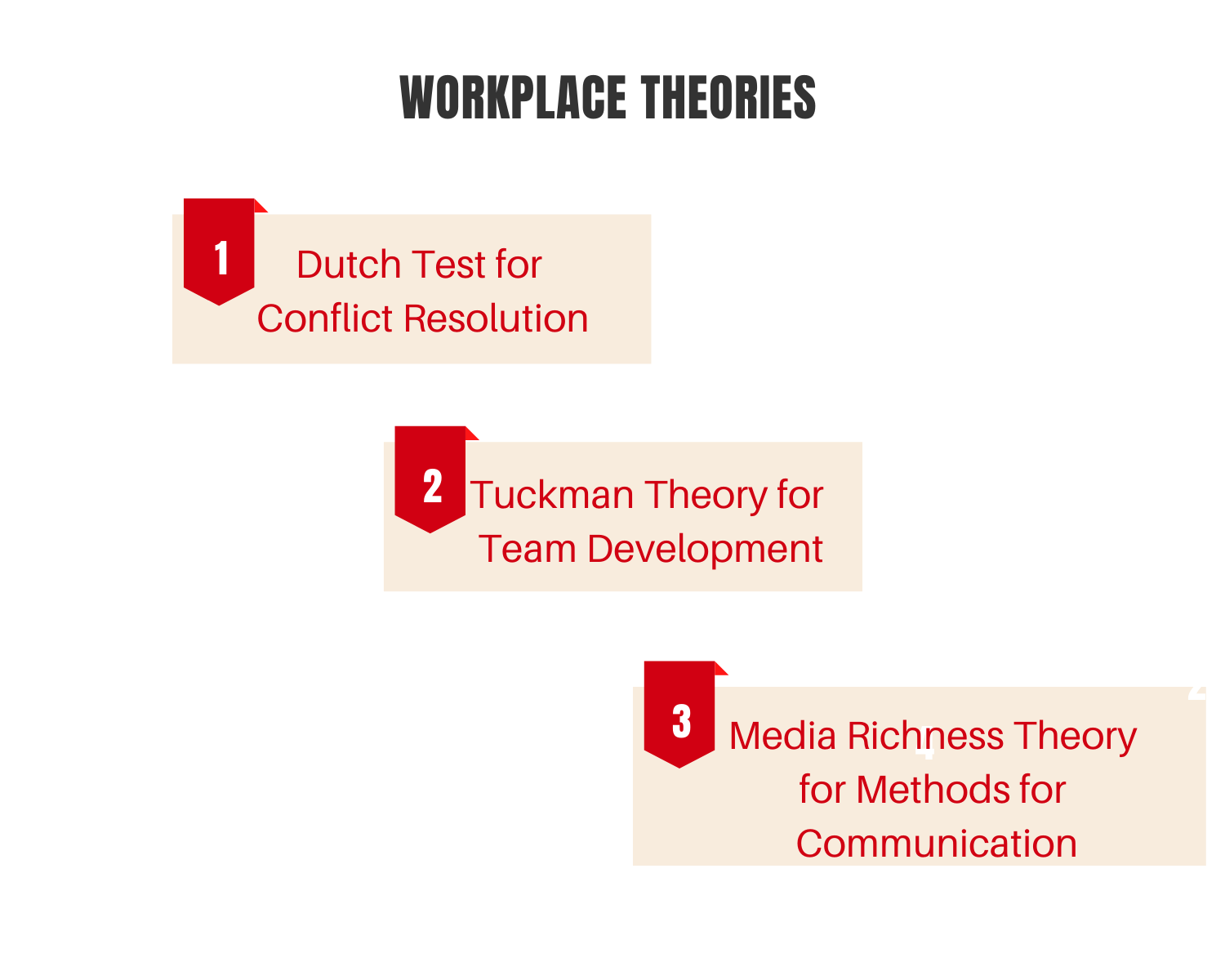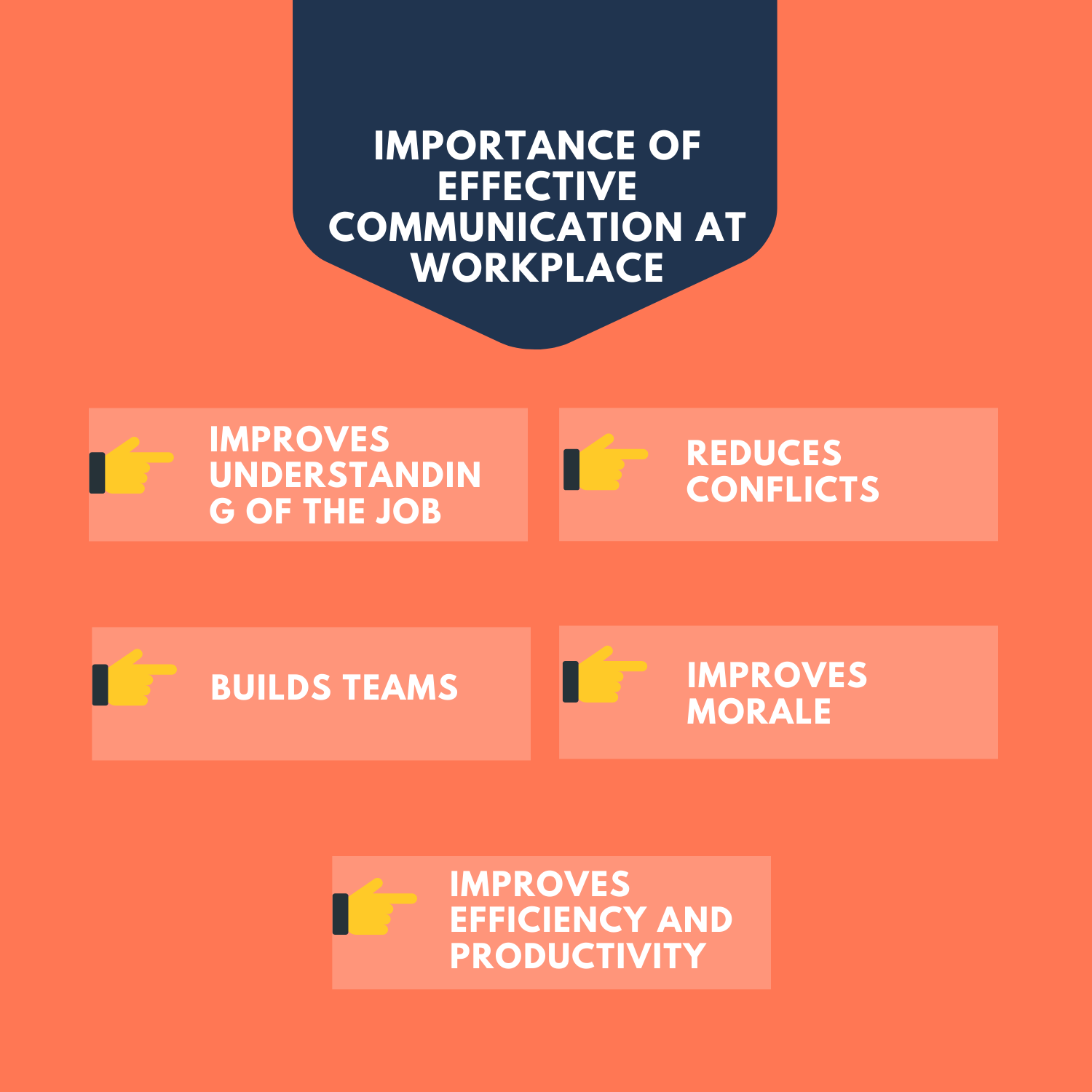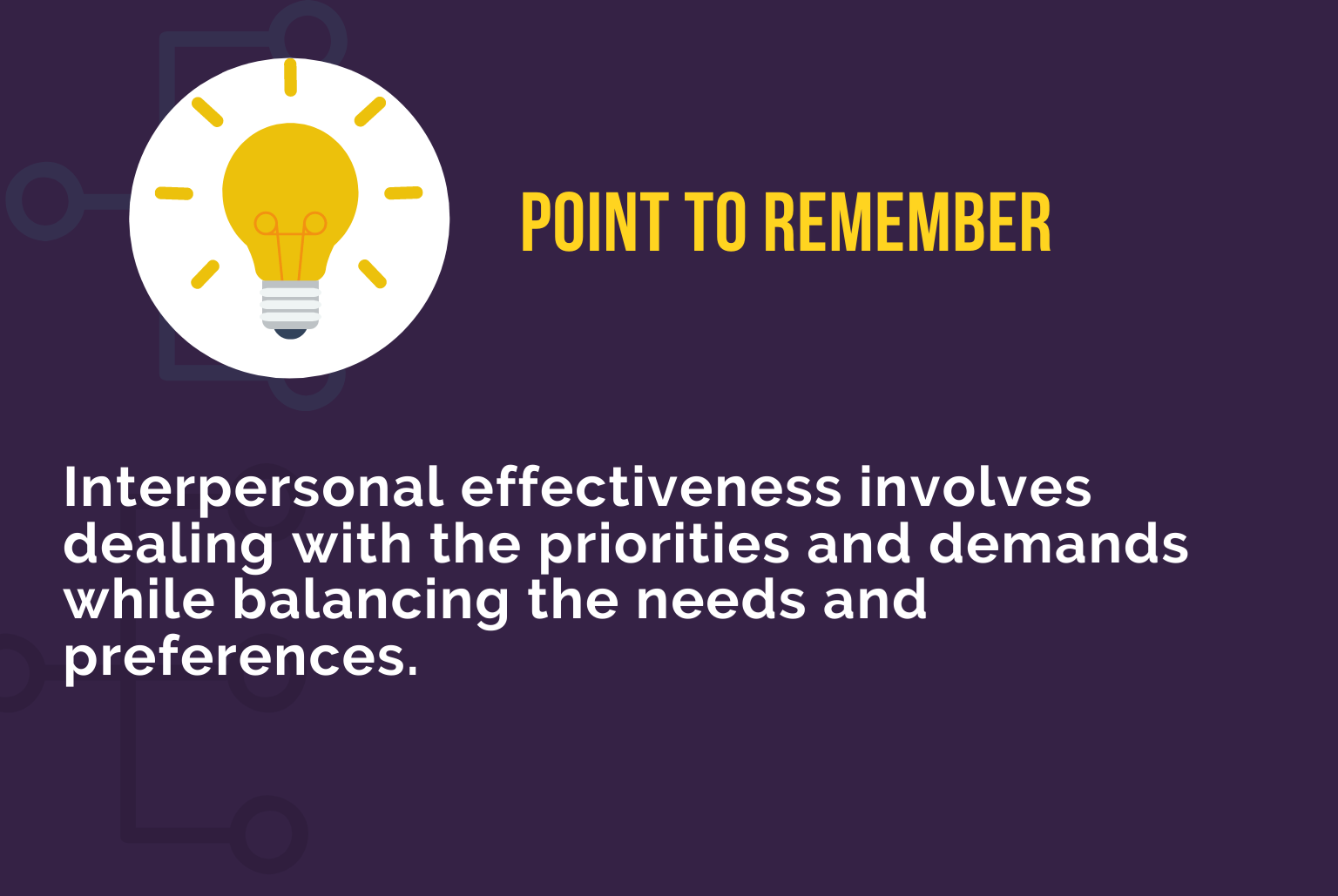
Task: Present the idea and concept of interpersonal success, using a significant event. Utilize the SMART framework to clearly highlight opportunities for personal or professional growth.
Response
1.0 Overview of the Assignment
Interpersonal effectiveness is essential for achieving corporate objectives and the success of any entity. It plays a vital role in balancing priorities and obligations while maintaining self-respect (Ellwardt, Wittek & Wielers, 2012). Acquiring this talent requires a combination of accurate knowledge and practical experience to develop and refine interpersonal abilities. This assignment focuses on comprehending the fundamental principles of Interpersonal Effectiveness, conflict resolution, team building, and the importance of communication. The assignment also addresses the study's objective, the relevance of conflict management in the workplace, the function of good communication, the need of fostering team cohesiveness, and prospective objectives and tactics.
2.0 Interpersonal Proficiency
2.1 Introduction: Interpersonal skills are defined as the essential abilities used in daily interactions for communication, whether on an individual or group basis. Individuals with strong interpersonal skills often enjoy more popularity, success, and likability in both professional and personal spheres. Social skills, life skills, soft skills, or people skills are sometimes known as interpersonal skills, but these phrases include a larger range of concepts. Interpersonal skills are sometimes conflated with communication skills, while interpersonal skills include a broader range of abilities. It encompasses several traits like as teamwork, emotional awareness and regulation, problem-solving, decision-making, emotional intelligence, and others.
2.2 Definition: Interpersonal competence entails managing priorities and expectations while reconciling needs and preferences.
Interpersonal effectiveness pertains to achieving the necessary outcomes in a given scenario. Robust interpersonal skills enable an individual to request certain tasks be completed in a particular manner while maintaining self-respect, so avoiding harm to others' emotions and preventing any adverse effects on the connection. Daily encounters may perpetuate stress and anxiety, leading to detrimental behavioral patterns that adversely affect relationships within family, community, and the workplace.
2.3 Focus Area
2.3.1 Theories of the Workplace

The Dutch Test for Conflict Resolution is successfully used to assess conflict within the conflict management process. This hypothesis (Bond & Haynes, 2014) underpins the creation of measures for evaluating conflict management tactics. The problem-solving framework of the idea facilitates both positive and negative integrative conformity within group negotiations.
The Tuckman Theory of Team Development has four stages: Forming, Storming, Norming, and Performing. The forming stage occurs when the team is established, characterized by members exhibiting politeness and positivity, while major difficulties or emotions are overlooked and individuals focus on their daily tasks. During the storming phase, initial trust is established among team members, allowing them to question one another and articulate their unhappiness with ease. Norming; the team members deliberate on how to achieve the assigned objective. The teams are competent and accountable to execute the assigned assignment efficiently.
Media Richness Theory for Communication strategies - This theory enhances comprehension of the most effective communication strategies essential for idea exchange in a workplace (Shamsudin, Subramaniam & Sri Ramalu, 2014). The idea offers efficient instruments for linguistic diversity, constructive feedback, individual emphasis, and various signals for good interpersonal communication.
2.3.2 Purpose of the research: The purpose of the research is to get a comprehensive understanding of the different factors that influence an individual's interpersonal effectiveness. Methods to achieve competitive advantages and enhance the total performance capabilities of personnel. Interpersonal strategies to cultivate a reciprocal connection that bolsters self-esteem while addressing acknowledged needs to attain collective objectives.
2.3.3 Interpersonal Effectiveness — A Pertinent Example
During negotiations between management and trade unions about bonuses. The management authorized a bonus of 150 dollars, citing directives from the corporate headquarters. The trade union representative, recognized for his interpersonal abilities, articulated the issue in a manner that compelled management to concede that the unit's budget permits expenditures up to $160; nevertheless, they are constrained by higher directives to adhere to this limit. He expressed gratitude towards the management and urged the other workers there to applaud their kind and thoughtful leadership. He persuaded the unit's management to allocate the bonus within the established limit, and if agreeable, they might provide an additional gift of the remaining 10 dollars permitted by their budget.
This example illustrates the representative's strong conviction, composure, persuasiveness, and other interpersonal competencies.
2.4 Fundamentals of Organizational Effectiveness
2.4.1 Significance of Conflict Management in the Workplace
Workplace conflicts are unavoidable. A conflict arises when persons possess divergent perspectives, mental processes, and interests, and are unwilling to accommodate one another in a given scenario. Divergent personal and professional objectives, value systems, position, and personality features often engender emotional reactions that result in confrontations. Therefore, a proactive strategy should be used to resolve any underlying difficulties or to implement measures prior to the emergence of a genuine dispute. Workplace conflict should not be underestimated, since its consequences are unpredictable. An excellent interpersonal ability may provide a fast and efficient resolution of disagreements to achieve optimal efficiency and production while preserving a healthy work environment.
Effective dispute resolution;
Reduces disruptions resulting from current conflicts.
Securing an agreeable settlement that is approved by all involved parties.
An someone adept in conflict management learns to engage with detachment from all parties concerned. He/she acquires the skills to intervene, listen, probe, interview, and provide a clear elucidation of the conflict concerns grounded in an impartial self-assessment.
It not only resolves the current problem but also transforms the whole stressful scenario into a pleasant one. It aids in alleviating anxiety, bad disposition, poor self-worth, and unproductive activity.
2.4.2 Significance of Proficient Communication in the Workplace

In an organization, good communication is essential for maximizing productivity and sustaining strong working relationships at all levels. Companies must recognize the need of a robust communication infrastructure to prevent misunderstandings resulting from misinterpretation or miscommunication.
Effective communication enhances work comprehension, mitigates disagreements, cultivates prospective teams, and elevates employee morale, so aiding firms in enhancing their efficiency and production (Albert & Moskowitz, 2013).
2.4.3 Advantages of Cultivating a Unified Team
A unified team enhances task performance and outcomes to an unparalleled degree. When team members possess a strong relationship characterized by a feeling of duty and comprehension of each individual's function, the team is considered cohesive. Many organizations often demonstrate superior performance while lacking optimal resources and infrastructure. Some firms, although possessing superior resources and infrastructure, are unable to execute effectively. This is due to the individuals inside the company and their collaborative dynamics. Organizations that prioritize their personnel and recognize the significance of integrated interdepartmental teams strive to provide comprehensive advice, support, and recognition.
When workers collaborate effectively, their collective spirit guarantees the achievement of shared objectives for the benefit of the organization. Cohesion among teams fosters interdependence among coworkers, resulting in enhanced productivity and timely completion of tasks (DeKay, 2012).
2.5 Impact of Cultural Awareness and Diversity in Organizations
Globalization has made cultural variety a prevailing trend in recent years. To maintain competitiveness and establish its market position, a firm must adopt cultural diversity within its workplace culture. Cultural diversity denotes the coexistence of several races, languages, ethnicities, religions, and nationalities within a same community or location.
The influence of cultural diversity in the workplace may be either beneficial or detrimental. It mostly hinges on the management practices of the organization's executives. Miscommunication, newly established obstacles, and dysfunctional behaviors are among the adverse consequences of cultural diversity inside a company. Nevertheless, effective strategic management may amplify favorable outcomes. According to Dekay (2012), it fosters comprehension of the workforce's strengths and flaws, which may be effectively handled after open dialogue and constructive engagement.
2.6 Illustration Pertaining to the Essential Elements of the Workplace
An company consists of multiple individuals from diverse origins, cultures, value systems, and nationalities. This results in a workplace that is very varied and complicated, leading to conflict among the staff. Effective interpersonal skills may facilitate the resolution of conflicts in a more suitable and productive way. Diversity in the workplace may be transformed into an organizational strength via excellent communication. Issues and disagreements may be efficiently resolved by open talks, frequent encounters, heightened sensitivity, and training sessions.
3.0 Prospective Objectives and Approaches
3.1 Future Objectives: Regardless of an individual's exceptional capabilities in their profession, if they are unable to foster harmonious relationships with colleagues inside the firm, they will not get the recognition they rightfully deserve. Similarly, a company that fails to adequately support its personnel cannot achieve its objectives. Fortunately, these talents may be readily developed.
Establish a more efficient and effective communication route between workers and management. Prioritizing enhanced interpersonal efficacy would therefore result in improved organizational efficiency (Shamsudin, Subramaniam & Sri Ramalu, 2014).
Concentrate on addressing problems and promoting open discourse among individuals in the workplace. It enhances organizational success by improving interpersonal effectiveness (Ellwardt, Wittek & Wielers, 2012).
3.2 Individual Reflection
To achieve successful interpersonal efficacy, I must
Enhance my communication abilities with supervisors, colleagues, and subordinates. This will assist me in enhancing my self-image and interpersonal relationships inside the business.
Ensure that talks consistently occur in a planned and organized manner within the parameters of the anticipated conclusion.
Enhance my negotiation and decision-making abilities.
Concentrate more on self-awareness, self-regulation, social awareness, and relationship management.
3.3 SMART Framework
This framework emphasizes goal areas that provide both professional and personal growth. Three essential talents contribute to interpersonal success: objective effectiveness, relational effectiveness, and self-respect effectiveness.
4.0 Conclusion
In conclusion, interpersonal abilities extend beyond the individual, influencing the whole business and its operations. To enhance productivity and dismantle obstacles in the workplace, it is essential to strengthen communication among individuals. Fostering collaboration, support, and togetherness is essential. Interpersonal skills are real assets that manifest as enhanced connections among individuals and departments, greater rapport and credibility, and increased business and productivity. The significance of interpersonal skills and their correlation with workplace philosophies and diversity is extensively examined. This assignment emphasizes the analysis of strengths and shortcomings, as well as strategies for enhancing personal and organizational capabilities.

Reference List
DeVito, J. (2009) The interpersonal communication book, Boston, MA: Pearson/Allyn and Bacon
Albert, L. & Moskowitz, D. (2013) “Quarrelsomeness in the workplace: An exploration of the interpersonal construct within the organizational context”, Organizational Psychology Review, 4(1), 27-48
DeKay, S. (2012) “Interpersonal Communication in the Workplace: A Largely Unexplored Region”, Business Communication Quarterly, 75(4), 449-452
Ellwardt, L., Wittek, R. & Wielers, R. (2012) “Talking About the Boss: Effects of Generalized and Interpersonal Trust on Workplace Gossip”, Group & Organization Management, 37(4), 521-549
Shamsudin, F., Subramaniam, C. & Sri Ramalu, S. (2014) “The influence of HR practices and job satisfaction on interpersonal deviance in the workplace”, Journal Of Management & Organization, 20(05), 691-709
Bond, M. & Haynes, M. (2014) “Workplace Diversity: A Social-Ecological Framework and Policy Implications”, Social Issues And Policy Review, 8(1), 167-201
